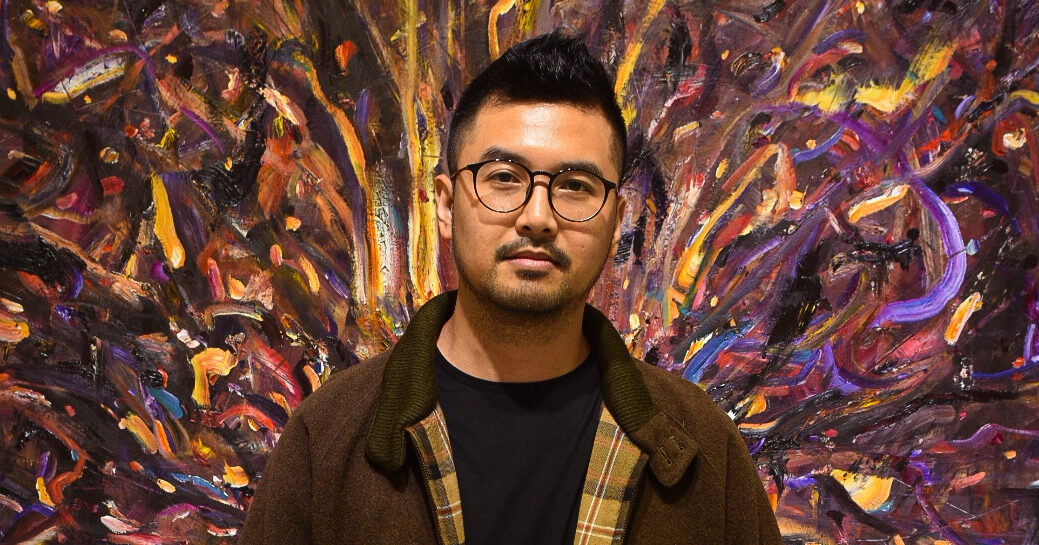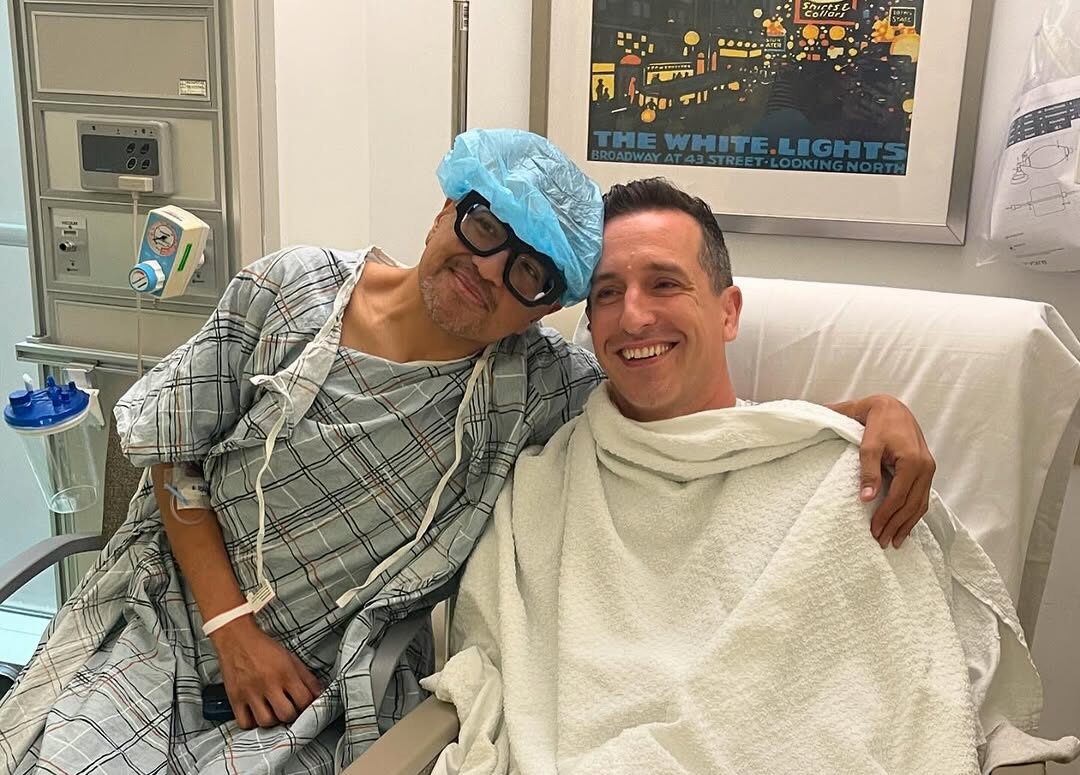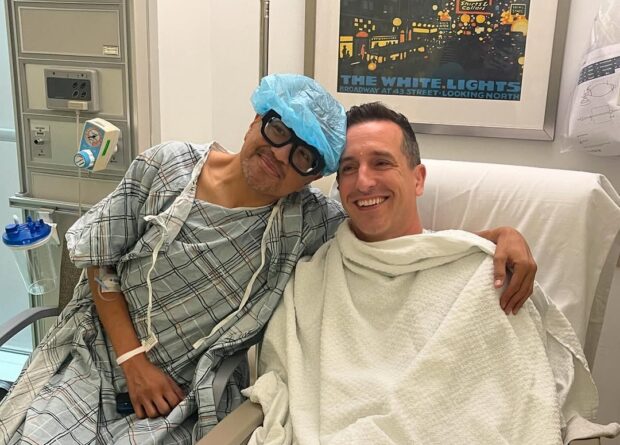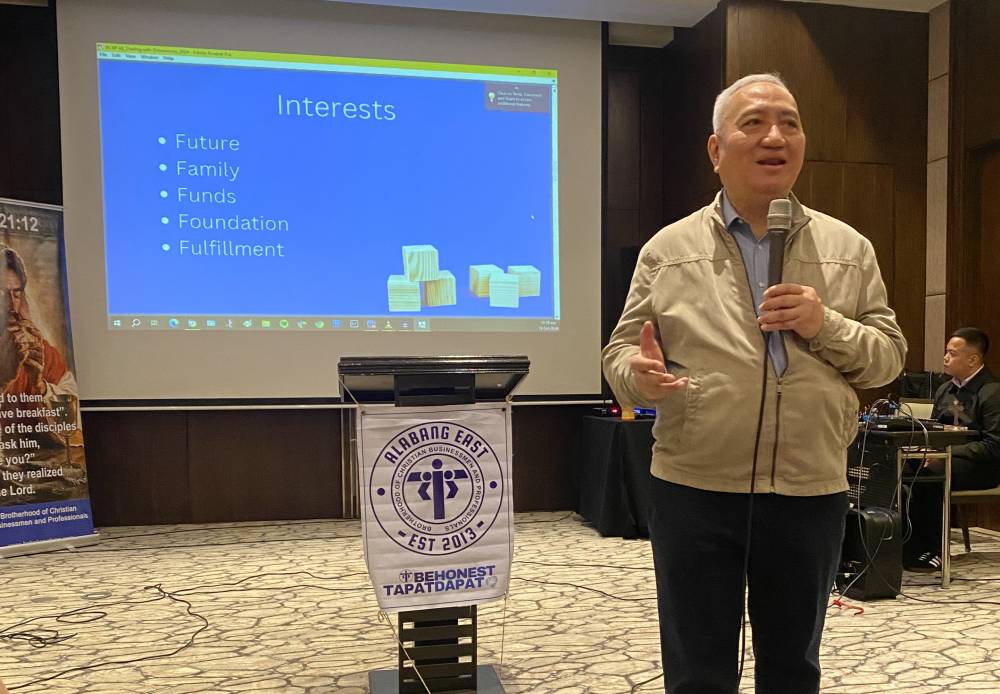That our body can be made to obey the dictates of our brain is nothing new. This has been known since ancient times—in Egypt, Greece, India and Tibet.
Even in modern times, there are people who can heal the sick, levitate, move objects, bend spoons by the sheer power of their thoughts.
In my seminars, I have taught many students around the world how to heal themselves through visualization or mind power alone, or how to energize quartz crystals or water and remove headaches and migraines, without drugs or use of physical force.
Hypnotized subjects have demonstrated controlling pain while a needle is inserted into their skin, or walking on fire or even giving birth without anesthesia and without pain.
What is perhaps new is that now, there is ample scientific or laboratory proof that the structure of our brain also changes and grows as we experience new things, or when we make our body do things it never did before.
This is contrary to the long-held neurological dogma that the human brain is fixed and complete at birth, and does not grow after a certain age. In fact, it is believed that brain cells or neurons start to die or deteriorate after about age 30 or even earlier. “The mature cortex,” according to the tenets of neuroscience, “is fixed and immutable.” You can’t teach old dogs new tricks, so goes the old saying in psychology.
Recent scientific evidence seems to contradict this long-held belief. Authors Dr. Jeffrey Schwartz and Sharon Begley, in their book “The Mind and Brain: Neuroplasticity and the Power of Mental Force,” discuss in detail numerous scientific evidence that the structure of the brain changes as it is exposed to new stimuli, a theory which was vehemently opposed by traditional neuroscientists.
Novel experiment
As early as the 1990s, researcher Edward Taub described how “monkeys would use their supposedly useless arm if their good arm were constrained. He boldly suggested that a similar approach—constraining the movement of the unaffected arm of stroke patients—might restore the use of the affected arm.”
And what was the result of this novel experiment on human stroke patients?
“In just two weeks of constraint-induced movement therapy with training of the affected arm, Taub reported in 1993, patients regained significant use of a limb they thought would forever hang useless at their side.
“The patients outperformed control patients on such motor tasks as donning a sweater, unscrewing a jar cap, and picking up a bean on a spoon and lifting it to the mouth.
“Two years after treatment ended, the constraint patients were still outperforming controls, brushing their teeth, combing their hair, eating with fork and spoon, and picking up and drinking from a glass.”
According to Dr. Schwartz, “these stroke studies finally toppled the old dogma that when a stroke damages a neural network, it is lost because no other system in the brain knows how to perform the same job.”
Continues Dr. Schwartz: “Years after birth, even well into adolescence, the human brain is still forming the circuits that will determine how we react to stress, how we think, even how we see and hear. The fact that even adults are able to learn and that learning reflects changes in synapses tells us that the brain retains some of its early dynamics and malleability throughout life. The adult has the ability not only to repair damaged regions, but also to grow new neurons.”
Neuroplasticity, as shown by the numerous studies, allowed the brain to reassign tasks performed by the original cells to other parts of the brain. But aside from restraining movements of the useful arm, there should be conscious, determined and willful intention of the patients to move the crippled arm. In other words, they should visualize that arm moving and performing the tasks they want it to perform.
Attend the next Basic ESP and Intuition Development seminar on June 8 to 9, from 9 a.m. to 5 p.m., and the next Soulmates, Karma and Reincarnation seminar on June 15, from 1 to 7 p.m., at Rm. 308 Prince Plaza I, Legazpi St., Greenbelt, Makati City.
For more details, call tel. nos. 8107245/ 8159890/ 0908-3537885; e-mail [email protected]. Visit www.jimmylicauco.com.













































